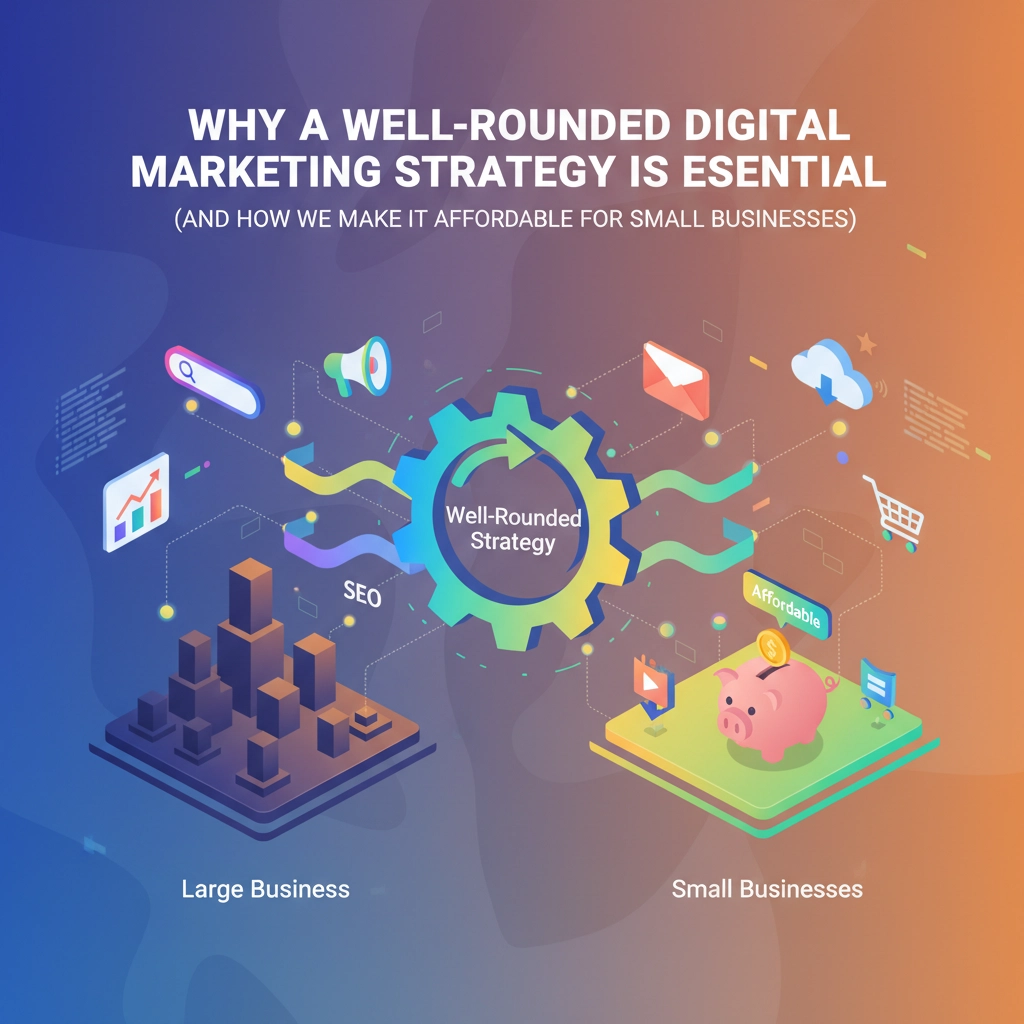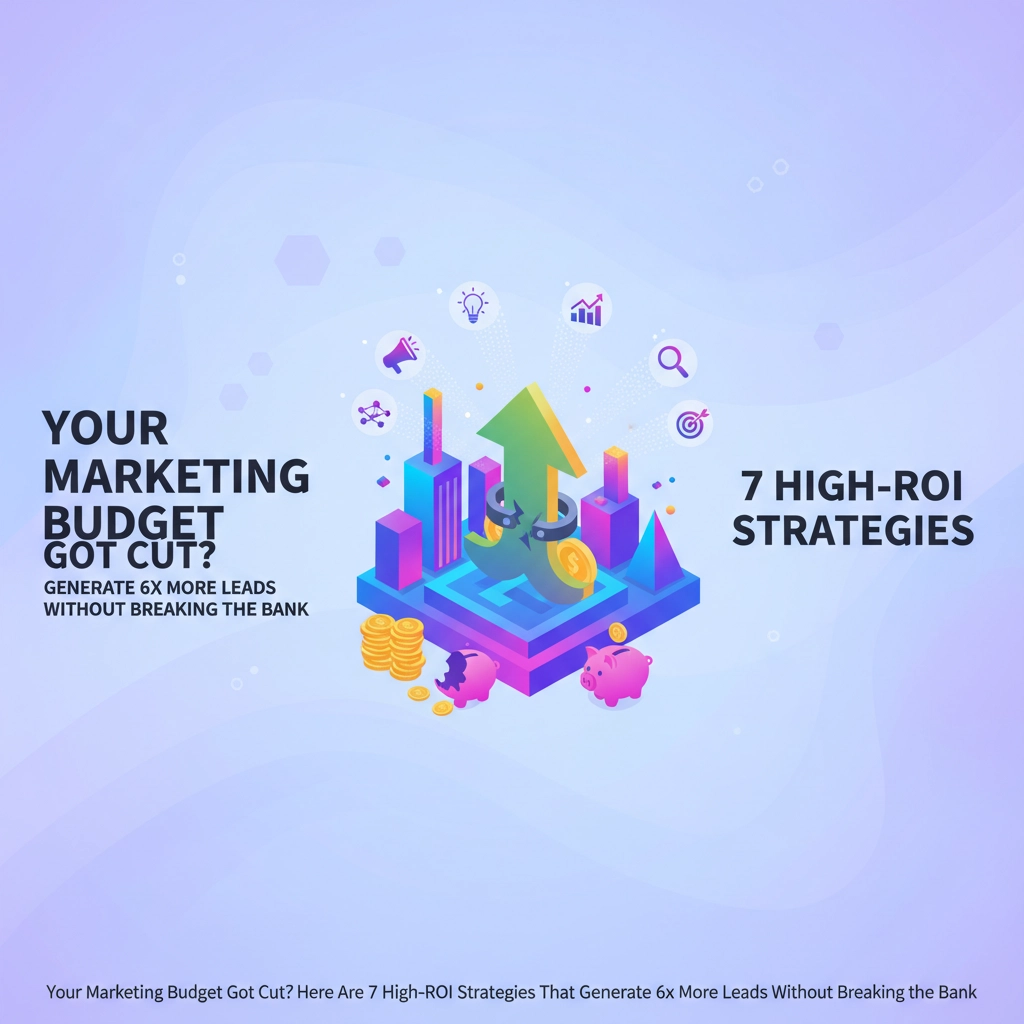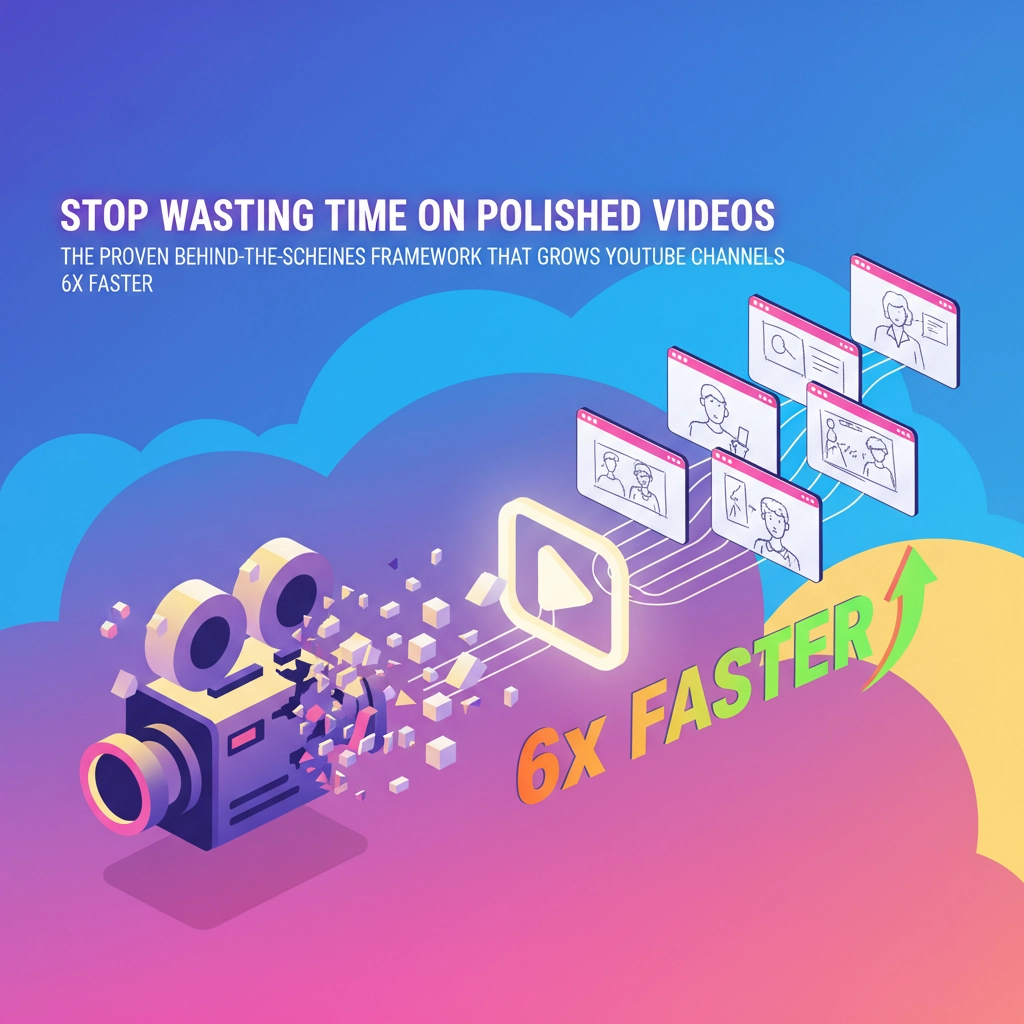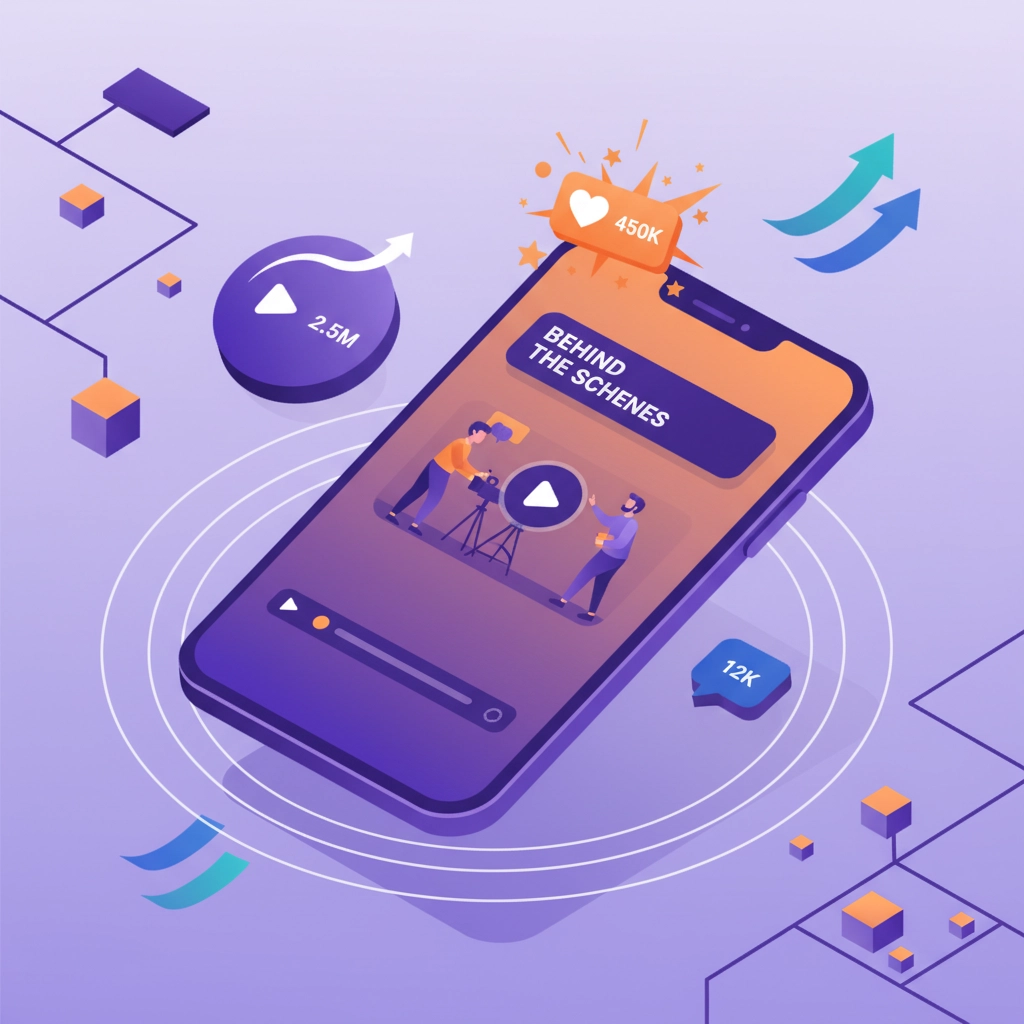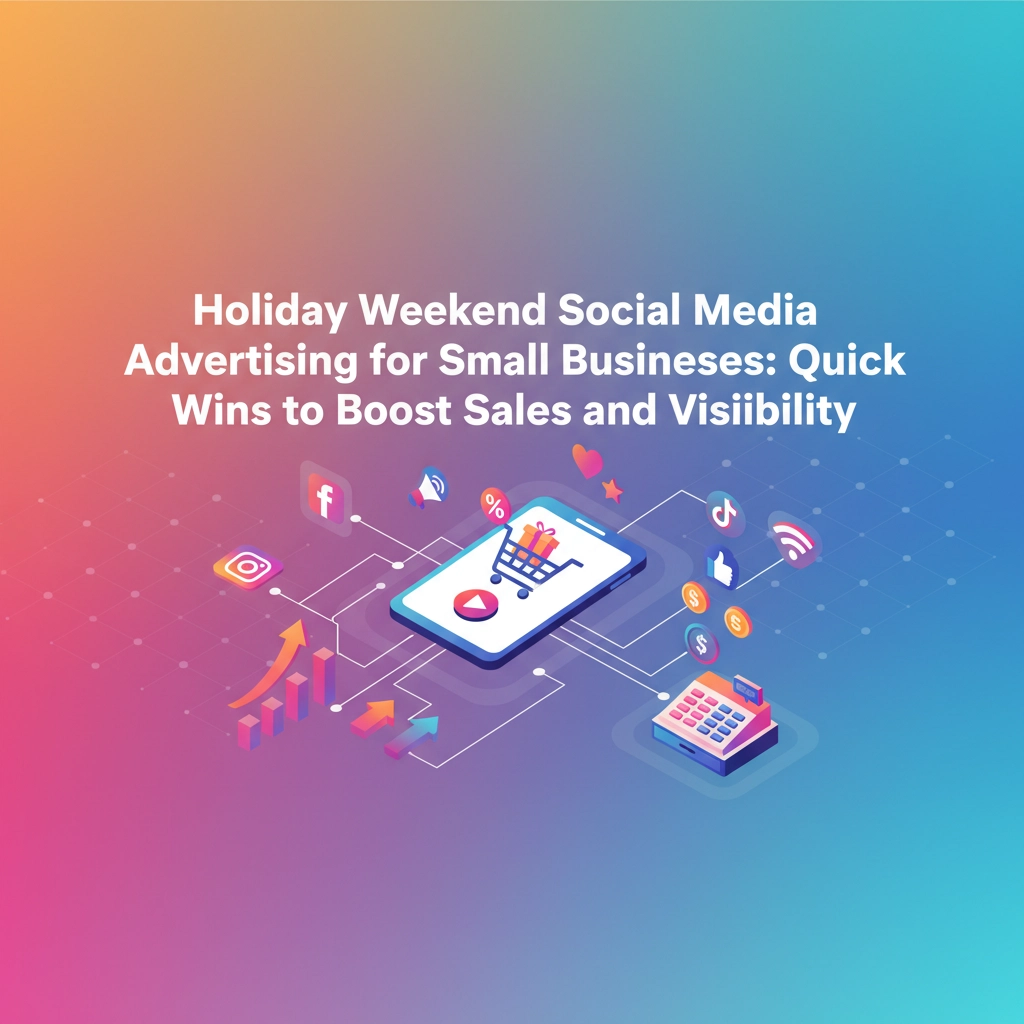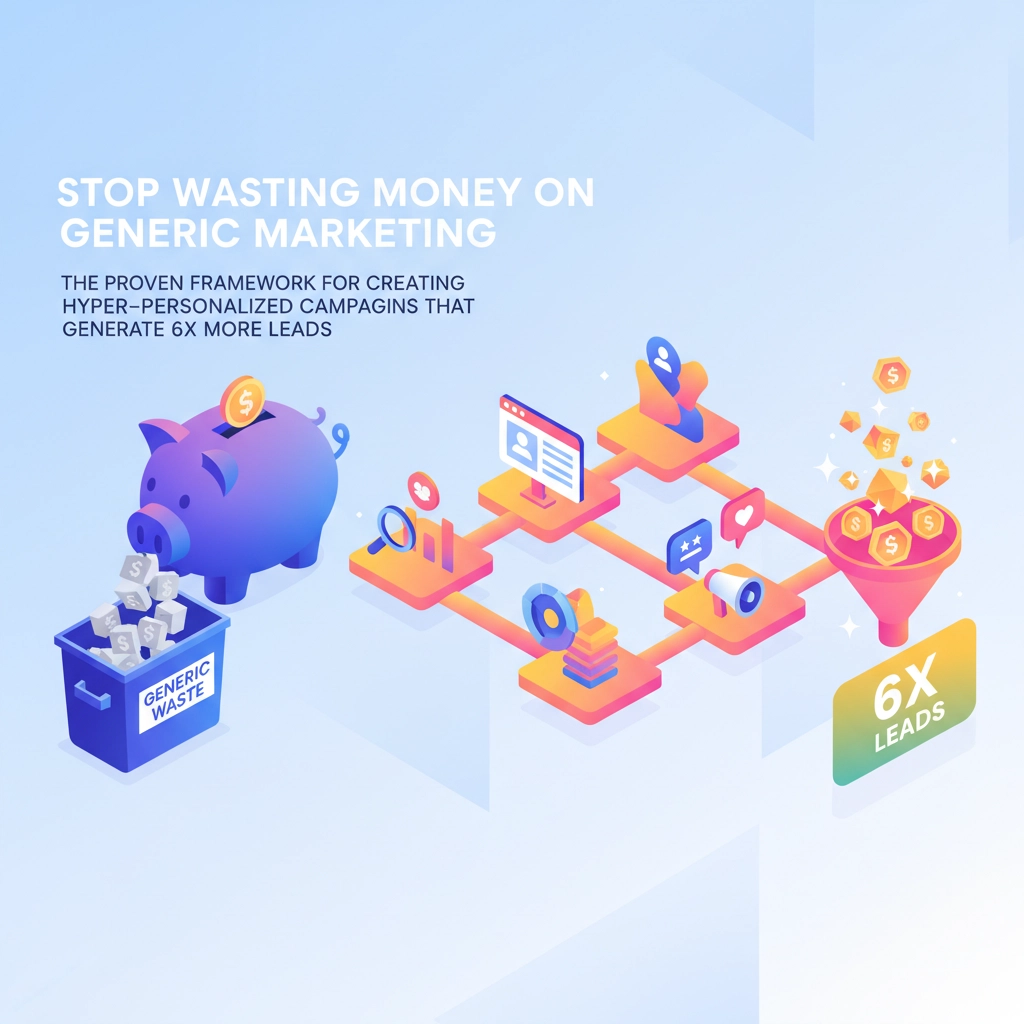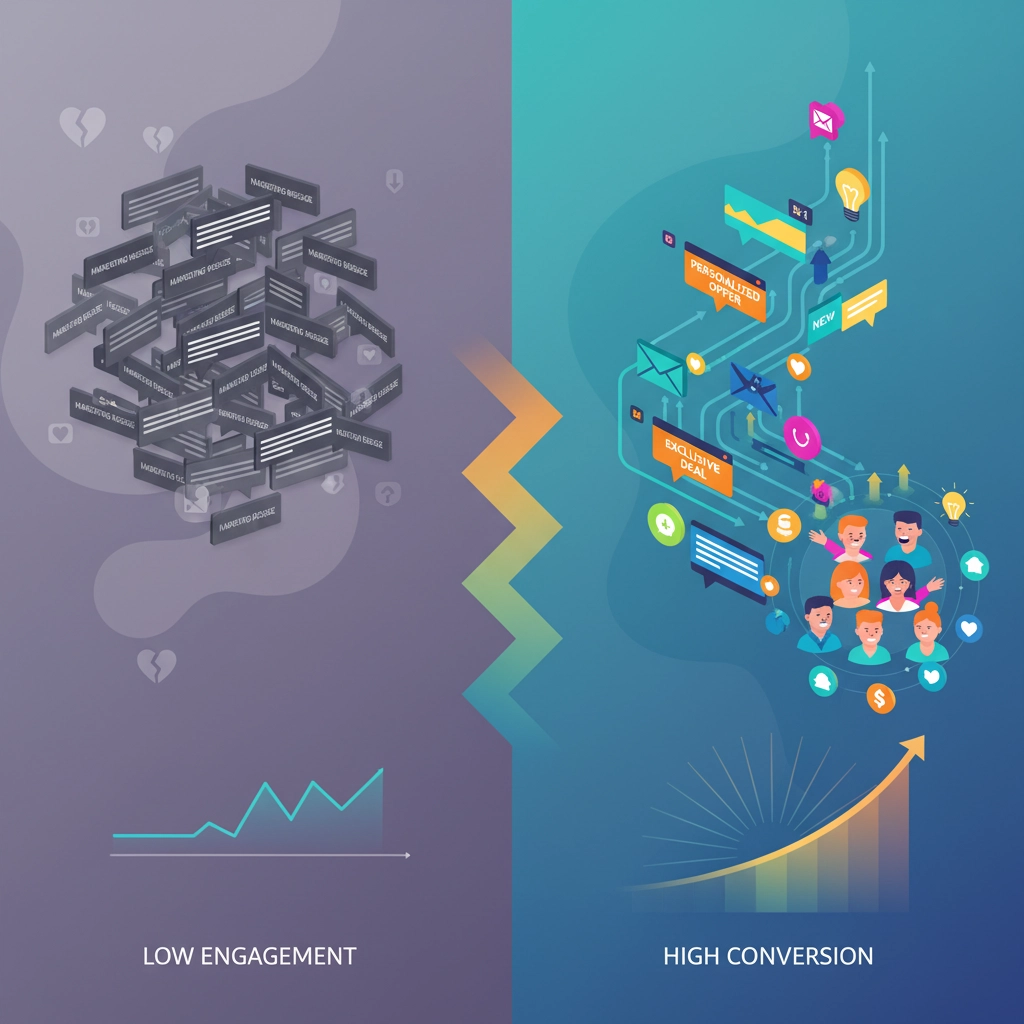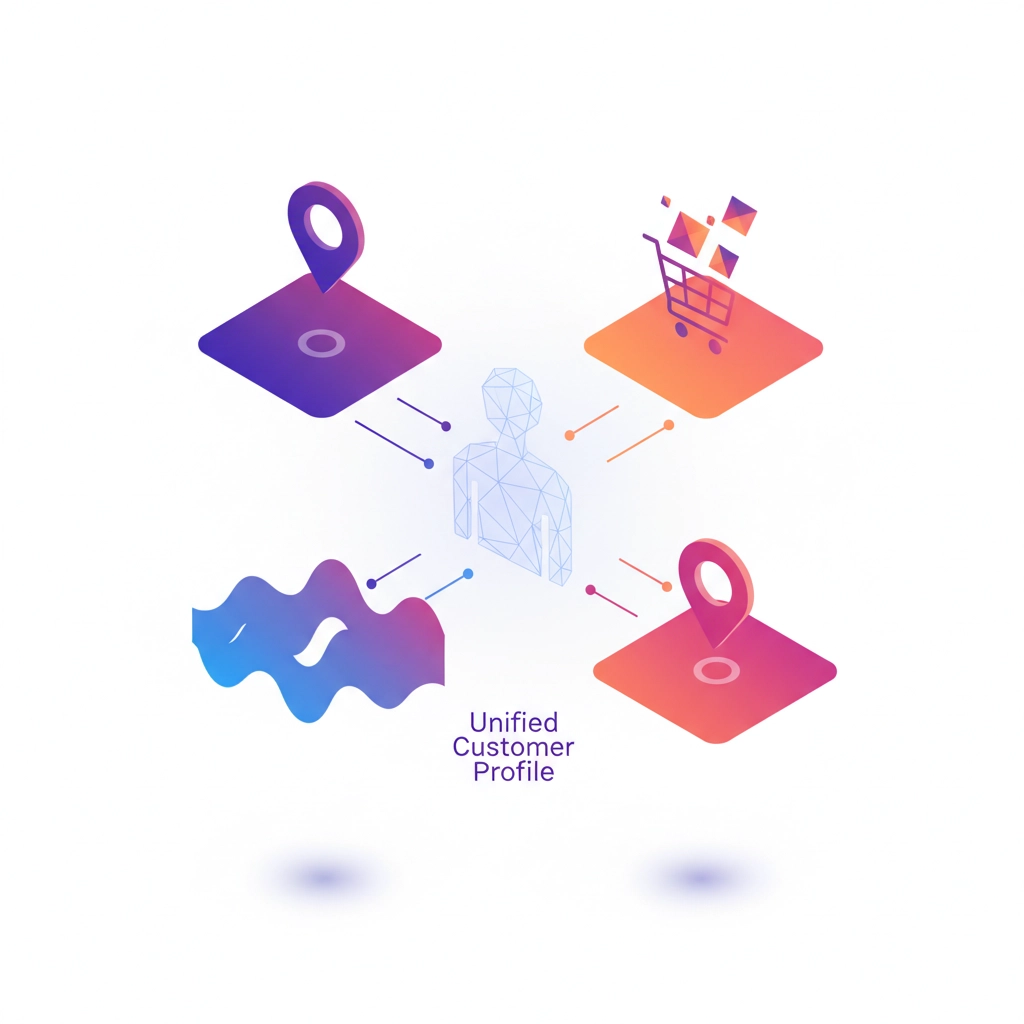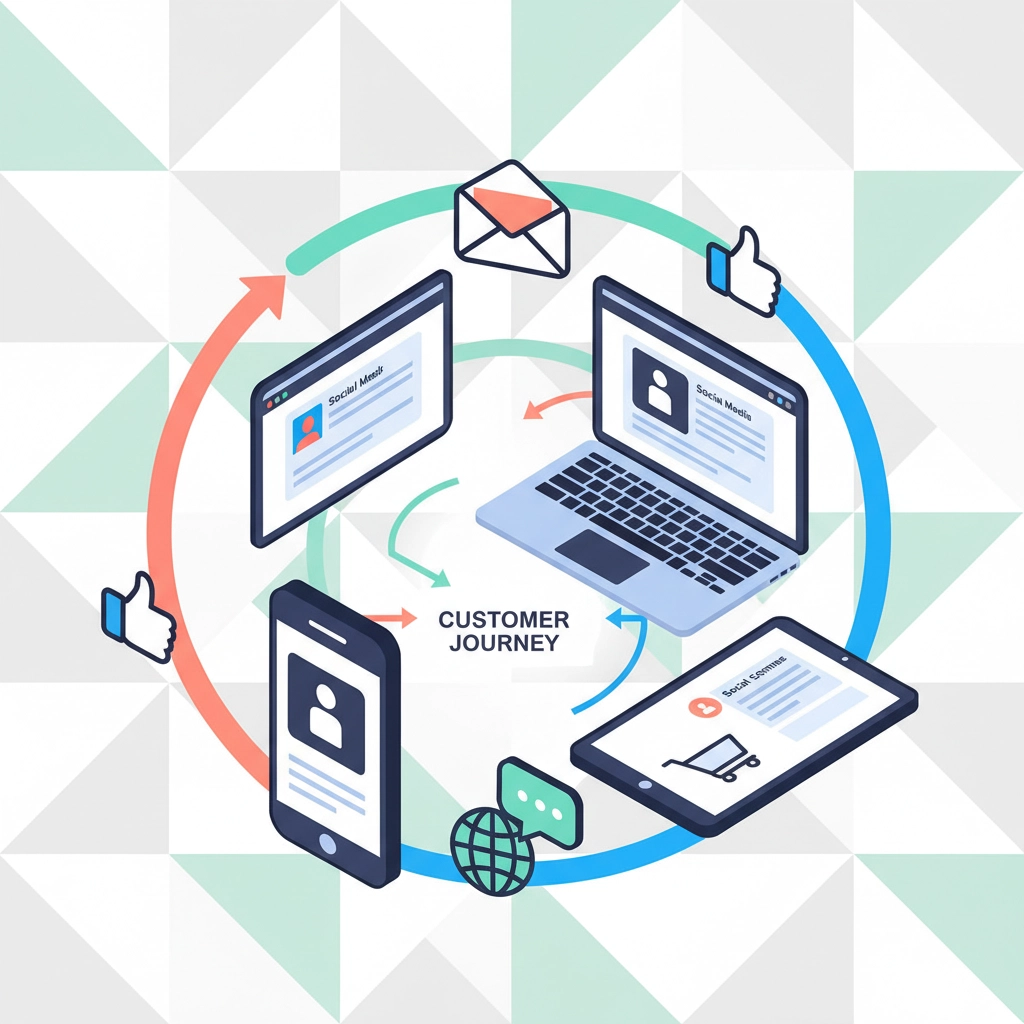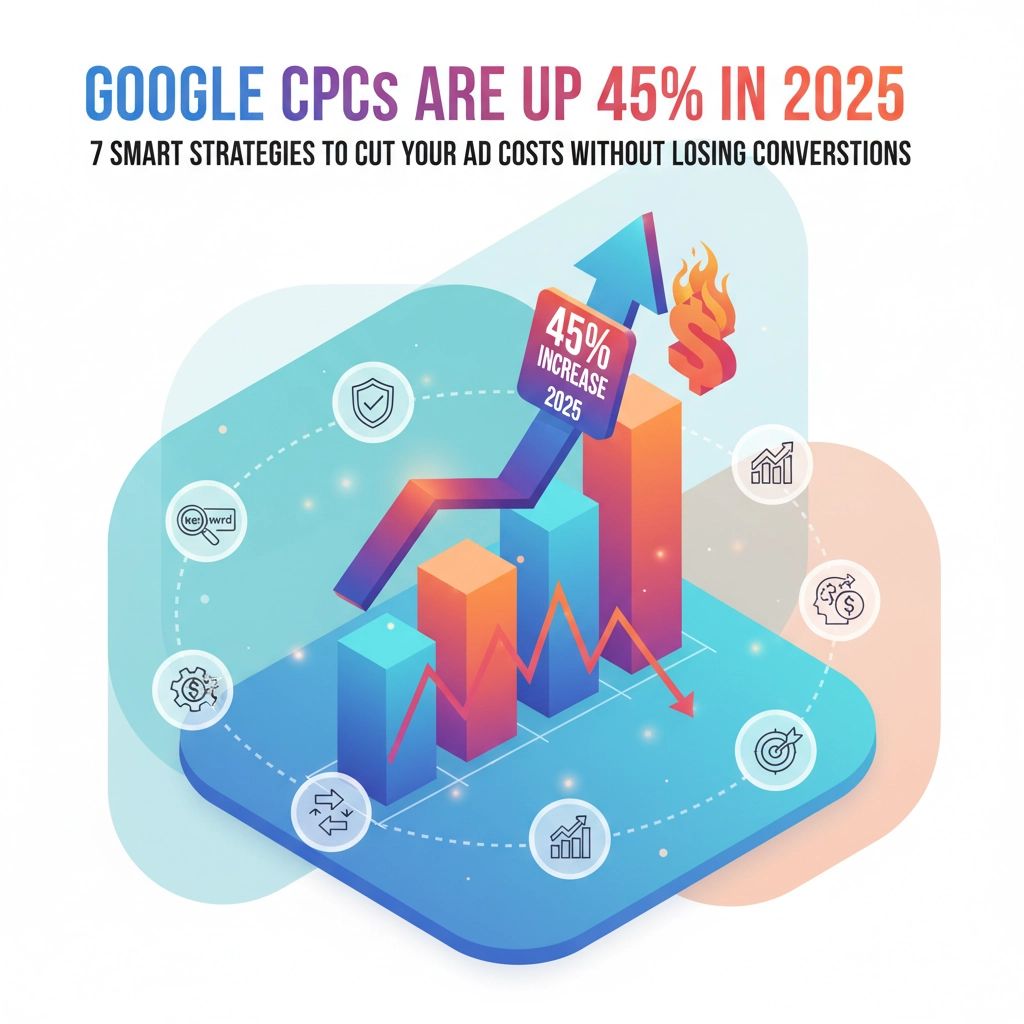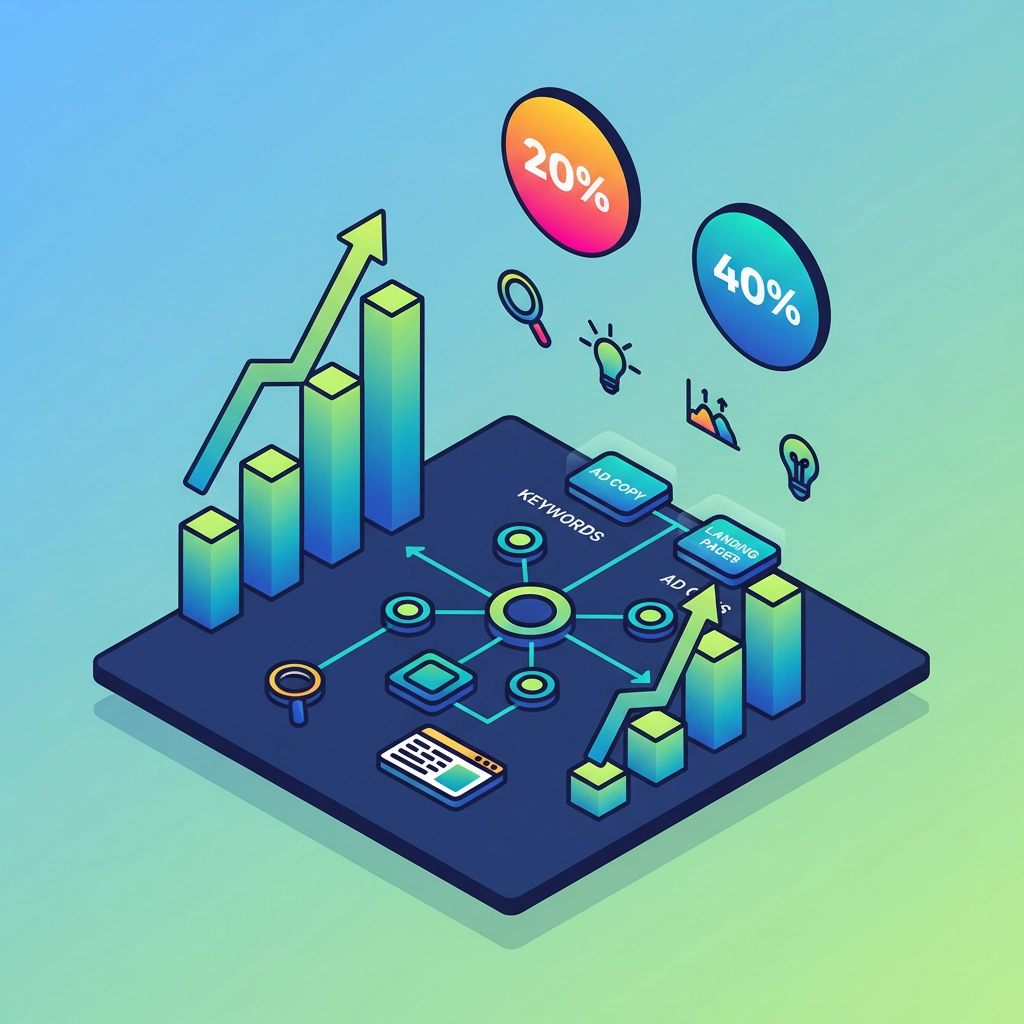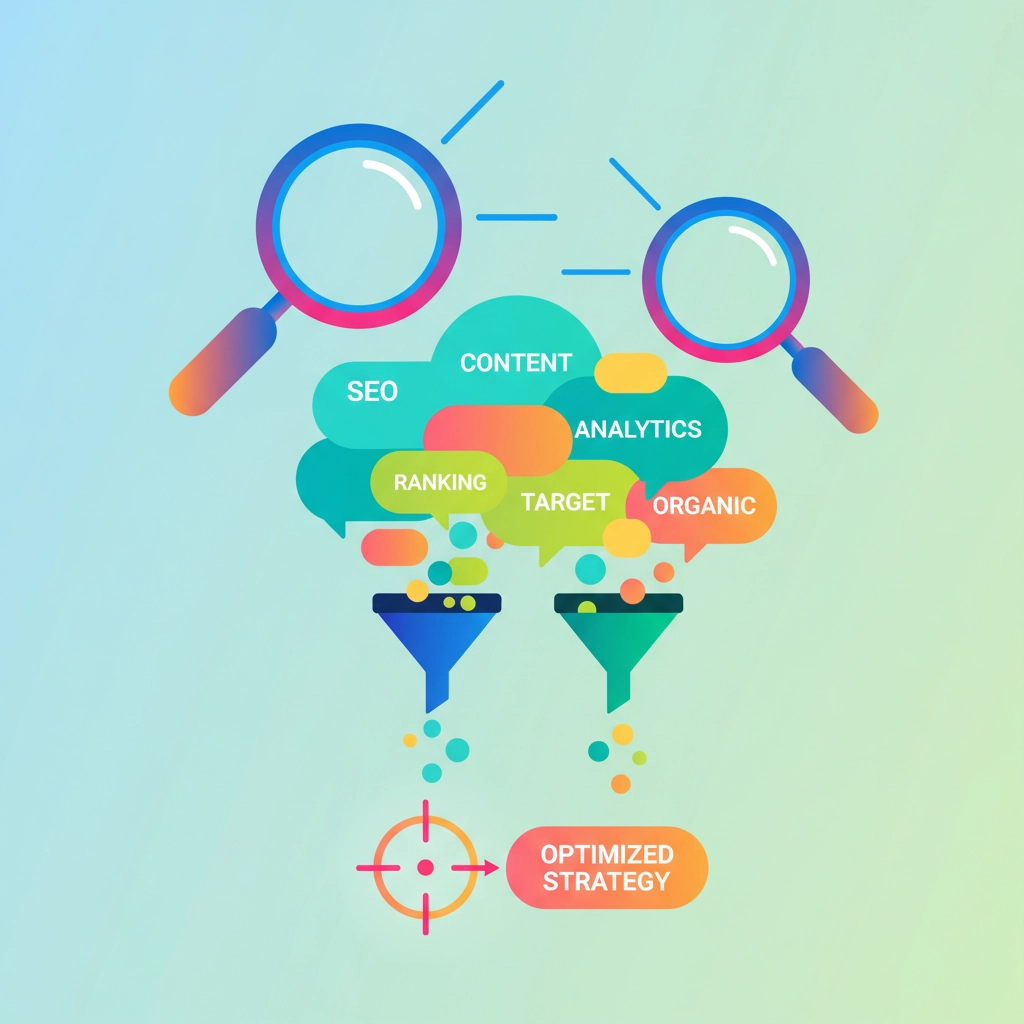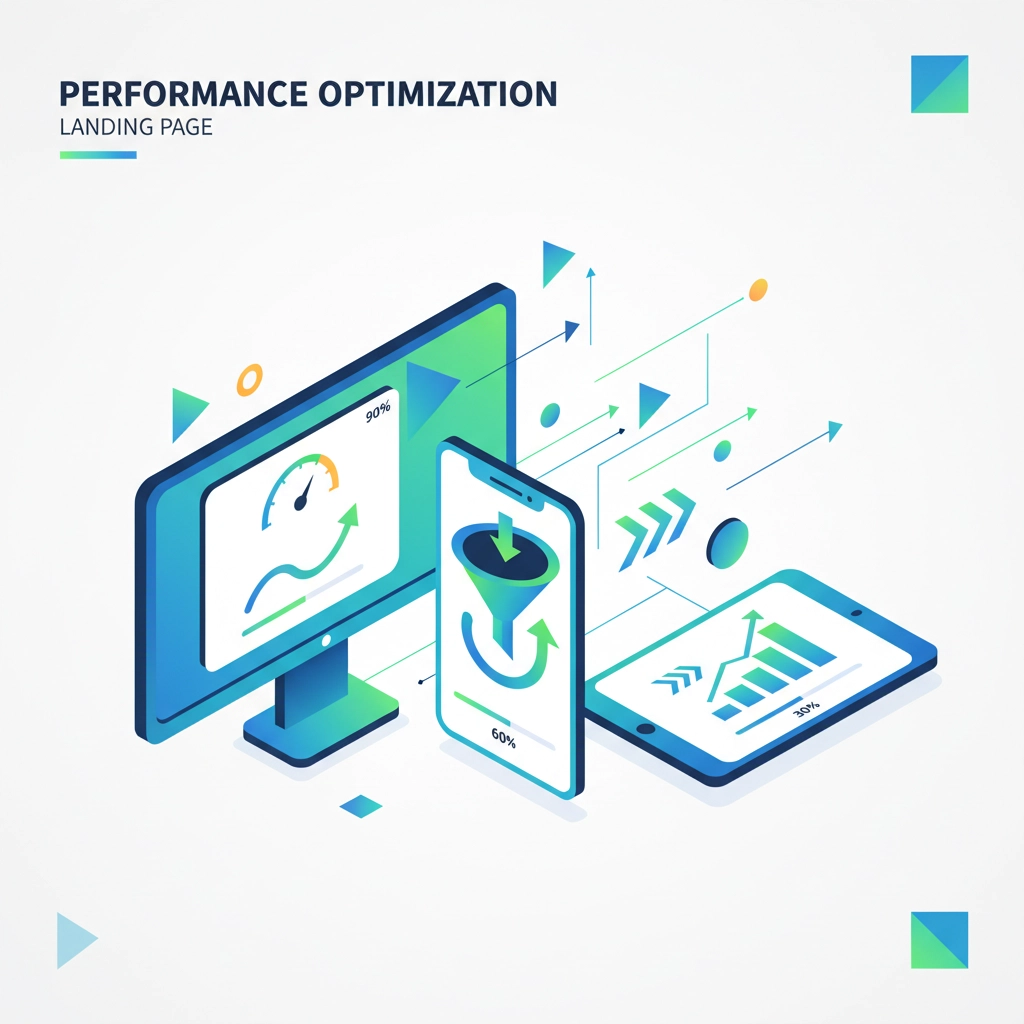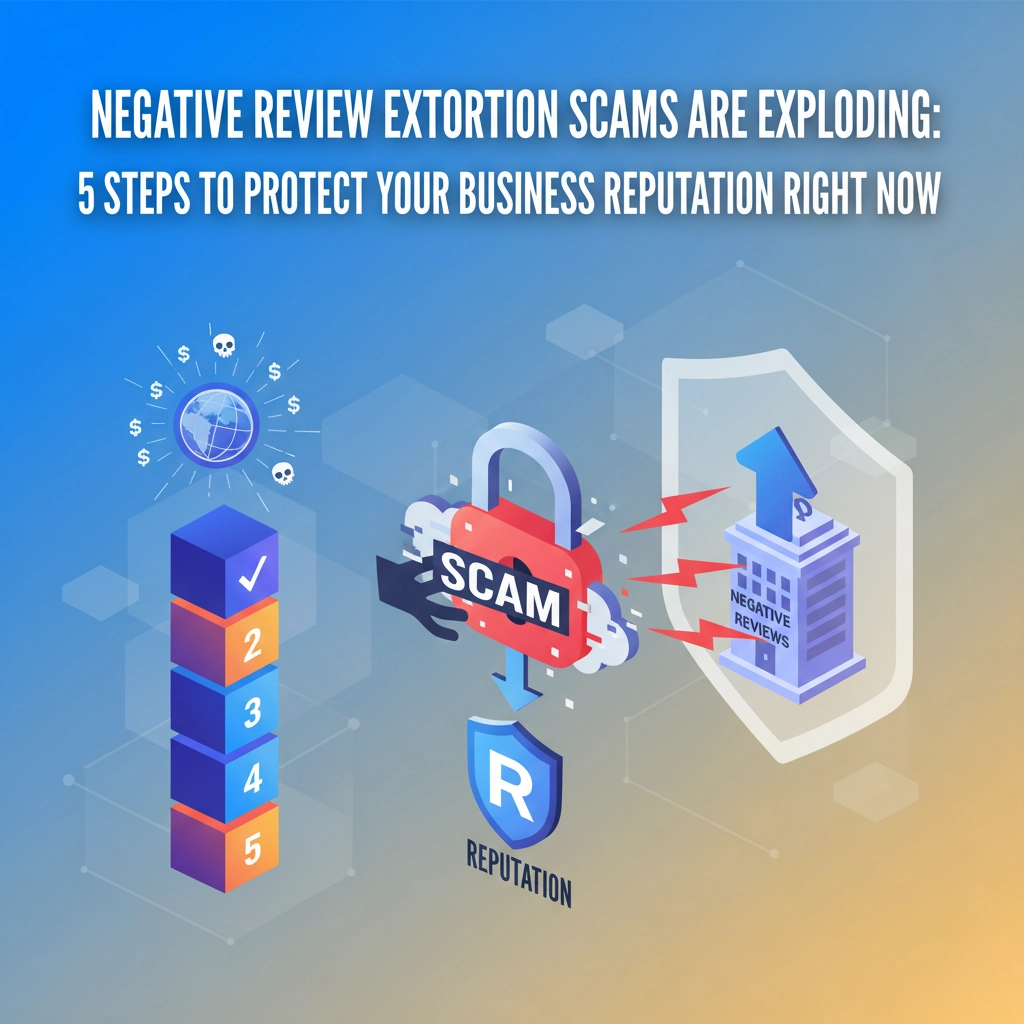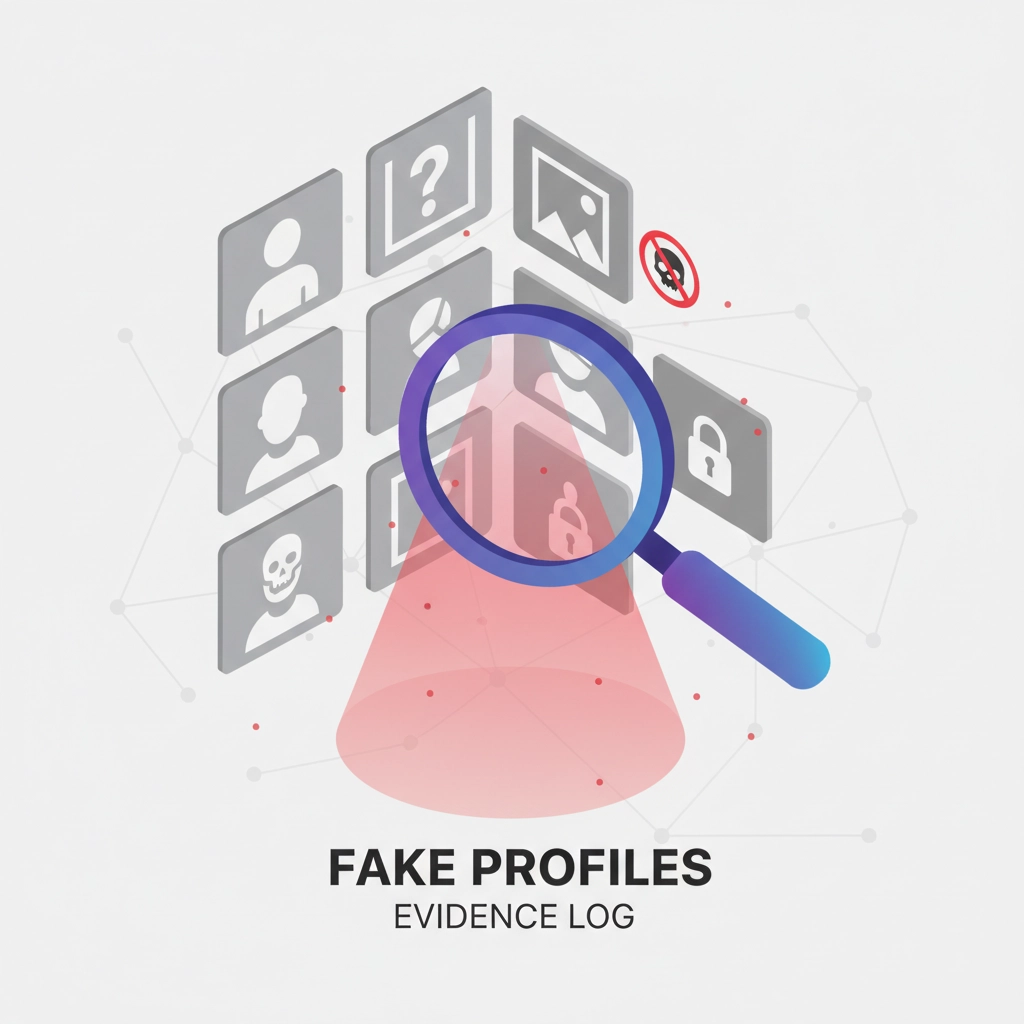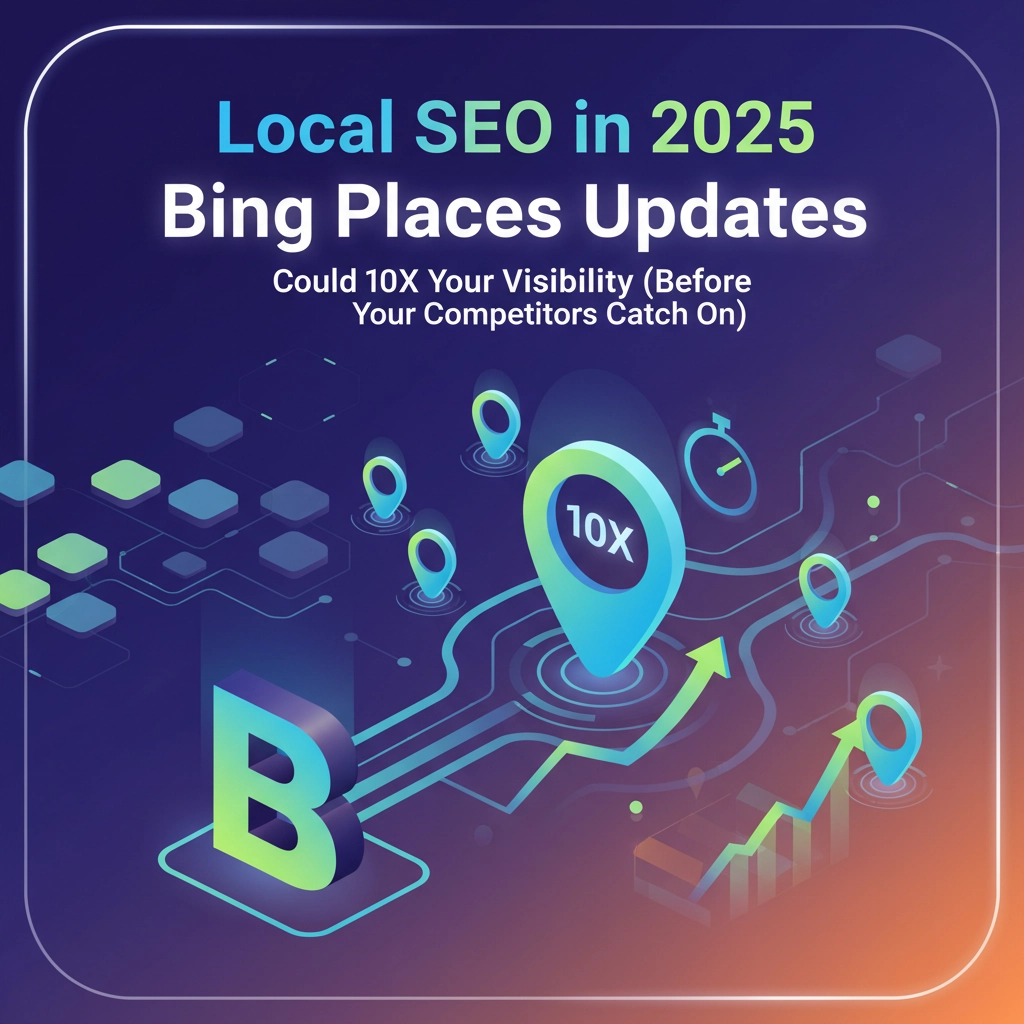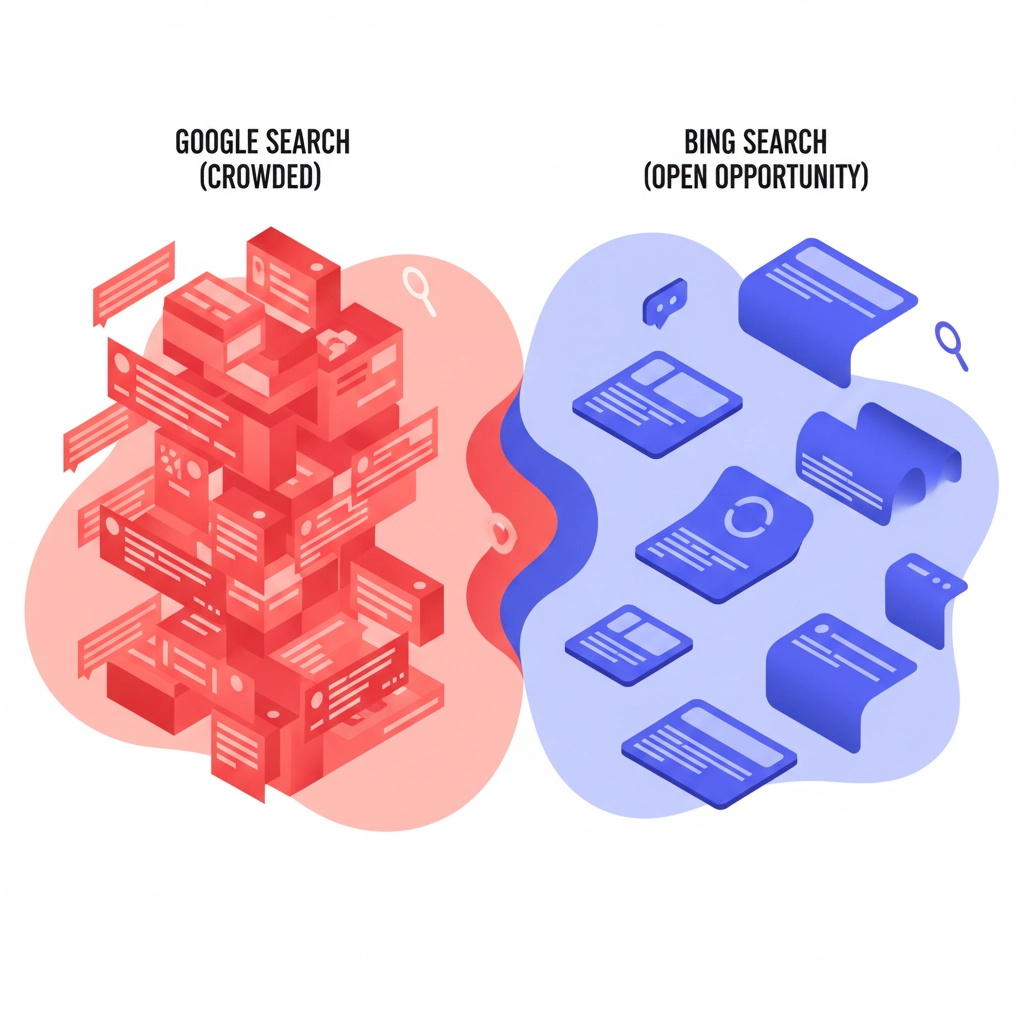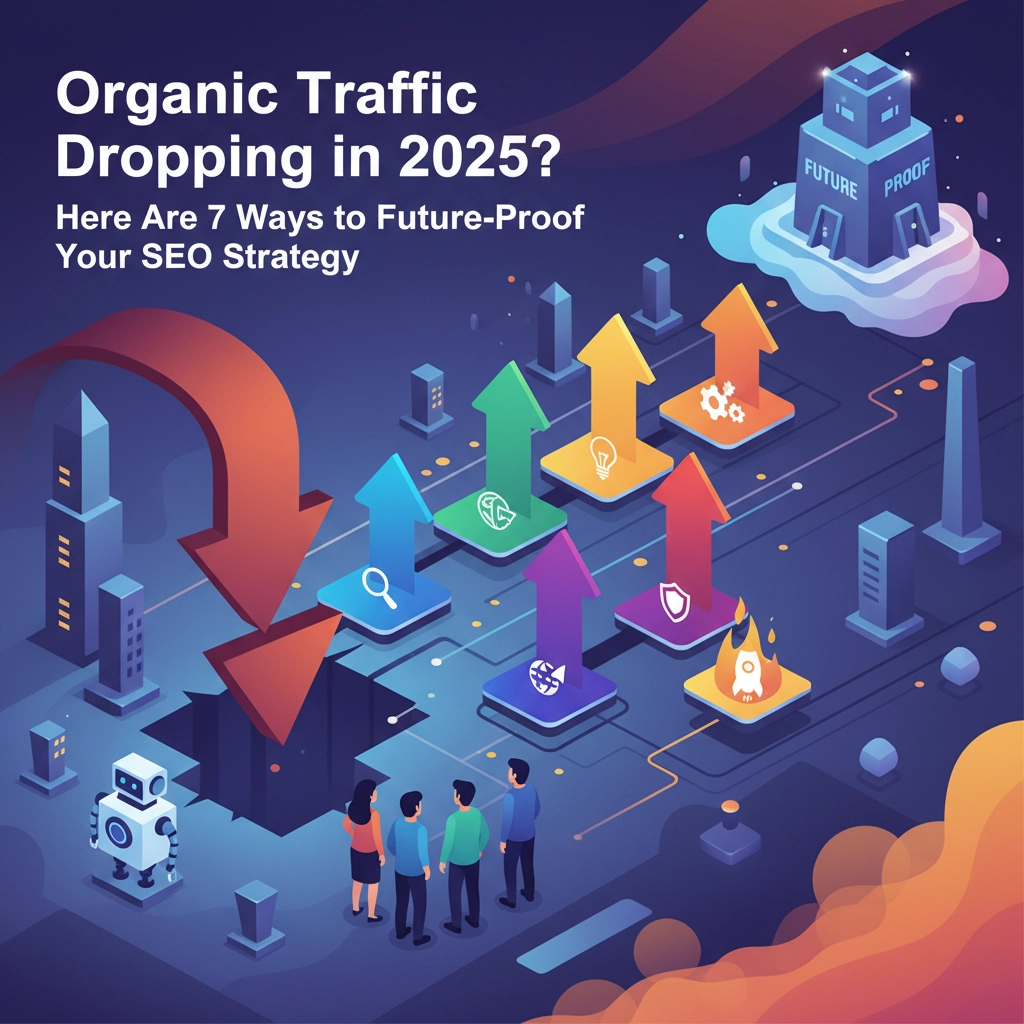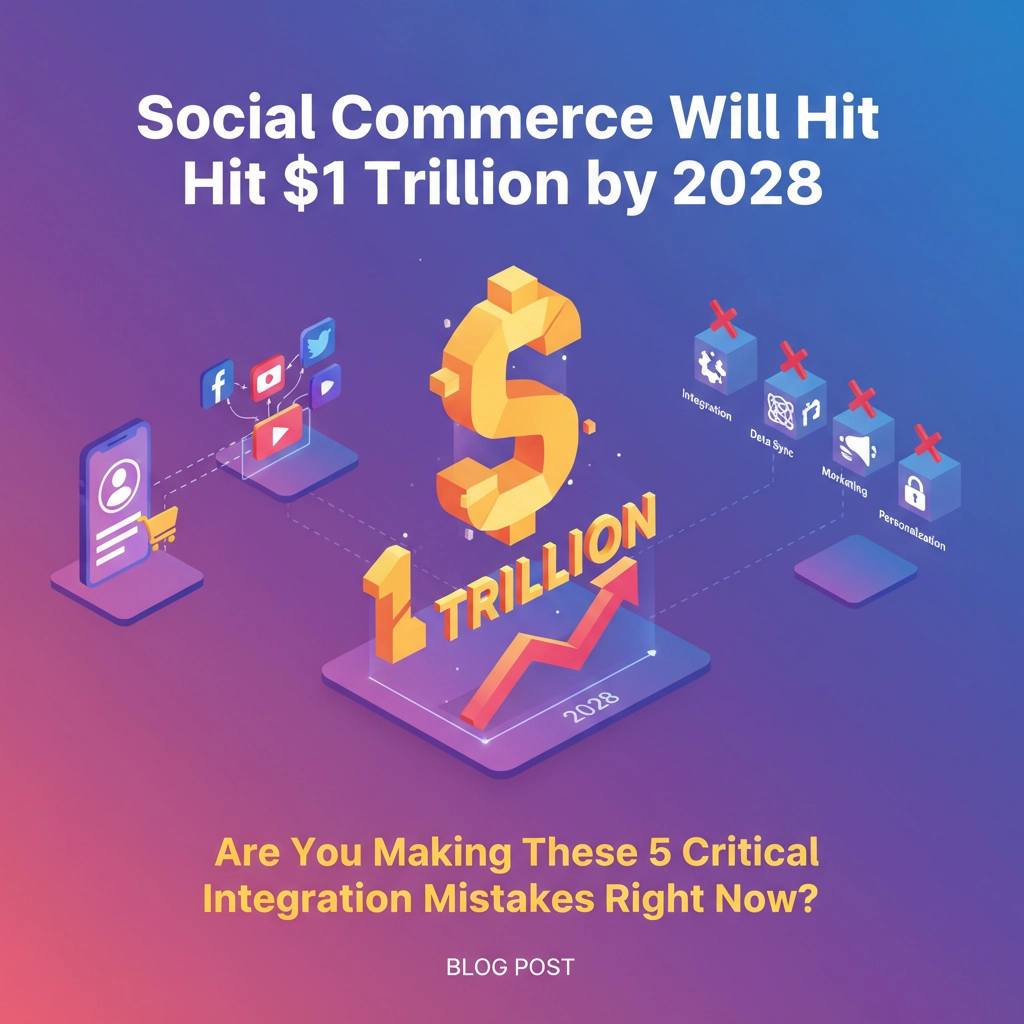
The numbers don’t lie. Social commerce is exploding, and industry experts predict it will reach a staggering $1 trillion by 2028. That’s not just impressive growth: it’s a complete transformation of how people shop and businesses sell.
But here’s the catch: while this massive opportunity is sitting right in front of us, most small businesses are making critical mistakes that cost them sales, customers, and market share every single day.
If you’re a small business owner trying to tap into social commerce, you’re probably excited about the potential. And you should be. However, the difference between businesses that thrive in this space and those that struggle comes down to execution. Specifically, avoiding the integration mistakes that trip up 90% of small businesses.
Why Social Commerce Growth Matters for Your Business Right Now
Social commerce isn’t just another marketing buzzword. It’s the convergence of social media and e-commerce that’s fundamentally changing consumer behavior. People aren’t just discovering products on social platforms: they’re buying them without ever leaving the app.

Think about it: your customers are already spending hours on Instagram, Facebook, TikTok, and other platforms. They’re seeing products, getting inspired, and making purchase decisions in real-time. The question isn’t whether you should be selling on social media: it’s whether you’re doing it right.
The businesses that master social commerce integration now will have a massive competitive advantage. They’ll build stronger customer relationships, increase their average order values, and create multiple touchpoints that drive consistent revenue growth.
But success requires more than just posting products and hoping for the best. It demands strategic integration that connects your social presence with your overall business goals.
The 5 Critical Integration Mistakes Costing You Sales
Mistake #1: Creating Poor Product Listings That Don’t Convert
Your social media product listings are often the first impression customers have of your brand. Yet most small businesses treat them as an afterthought, posting blurry photos, incomplete descriptions, and missing key information that customers need to make buying decisions.
Poor product listings kill conversions before they even have a chance to start. When customers can’t see clear product details, understand sizing, or visualize how items look in real life, they move on to competitors who present their products professionally.
The fix requires high-quality product photography, detailed descriptions that address common questions, and consistent formatting across all platforms. Your listings should tell a story that helps customers imagine owning and using your products.
Mistake #2: Lack of Unified Messaging Across Platforms
Your brand voice and messaging should be consistent whether someone encounters you on Instagram, Facebook, your website, or in your email campaigns. Unfortunately, many businesses develop different personalities for different platforms, confusing customers and weakening brand recognition.

This mistake is particularly damaging because customers research and interact with brands across multiple touchpoints before making purchase decisions. When your messaging is inconsistent, you lose the compound effect of building trust and recognition across channels.
Unified messaging means your value propositions, brand personality, visual elements, and customer service approach should feel cohesive everywhere customers encounter your business.
Mistake #3: Ignoring Analytics and Performance Data
Social commerce generates massive amounts of valuable data about customer behavior, preferences, and buying patterns. However, most small businesses either don’t track this data or don’t know how to interpret it effectively.
Without analytics insights, you’re essentially flying blind. You can’t identify which products perform best on different platforms, understand which content drives the most engagement, or optimize your sales funnel for better conversion rates.
The most successful social commerce businesses use data to make informed decisions about inventory, pricing, content creation, and platform strategy. They track metrics like engagement rates, click-through rates, conversion rates, and customer lifetime value to continuously improve their results.
Mistake #4: Creating Clunky Checkout Experiences
Nothing kills a sale faster than a complicated, slow, or confusing checkout process. Yet many businesses overlook this critical step, focusing all their energy on driving traffic while ignoring the final conversion moment.
Social media users expect seamless, mobile-optimized checkout experiences. They want to complete purchases quickly, with minimal steps and maximum security. When your checkout process requires too many clicks, form fills, or account creation steps, customers abandon their carts and rarely return.
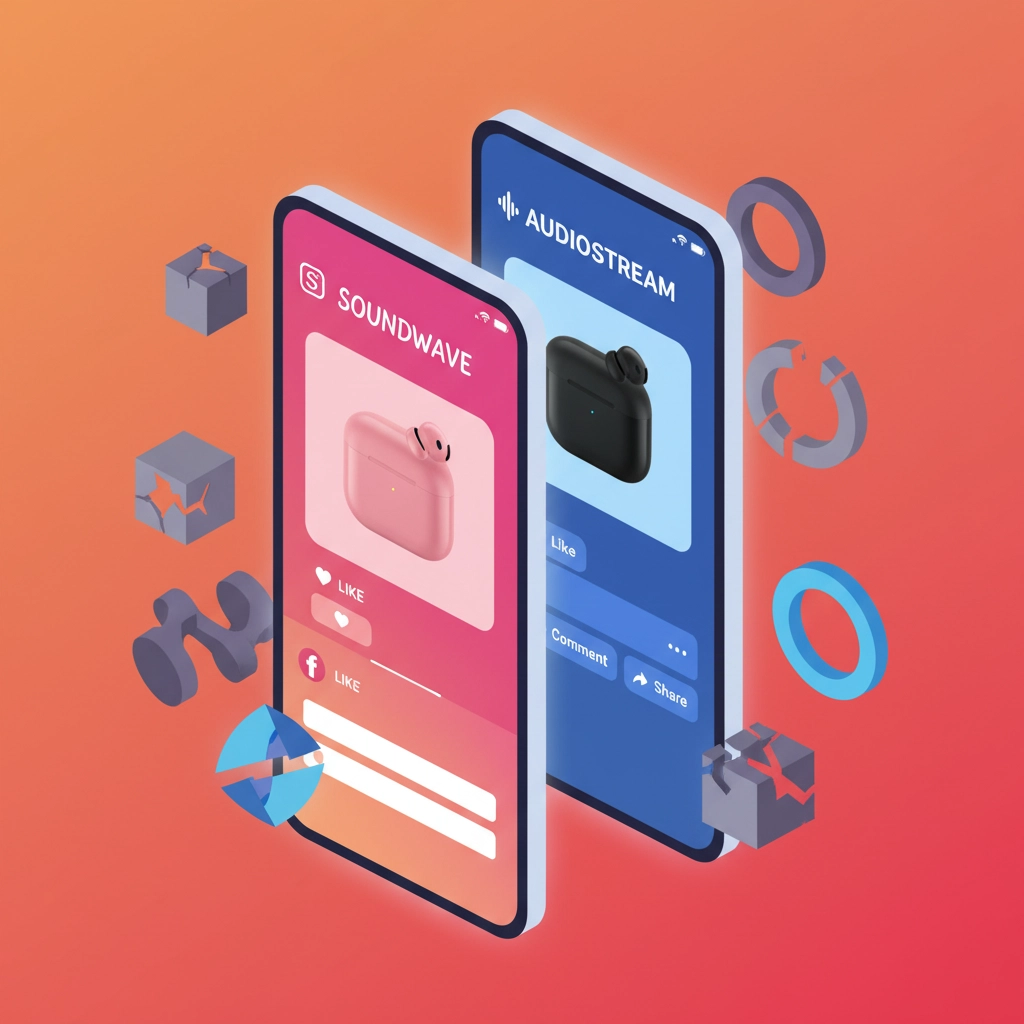
The solution involves streamlining your checkout flow, offering multiple payment options including digital wallets, and ensuring the entire process works flawlessly on mobile devices where most social commerce happens.
Mistake #5: Not Personalizing Offers and Content
Generic, one-size-fits-all approaches don’t work in social commerce. Customers expect personalized experiences that feel relevant to their interests, previous purchases, and browsing behavior.
Most small businesses post the same content to everyone, missing opportunities to create targeted offers, personalized product recommendations, and customized messaging that drives higher engagement and conversion rates.
Personalization doesn’t require expensive technology. It can start with segmenting your audience based on purchase history, engagement levels, or demographic information, then creating content and offers that speak directly to each group’s needs and preferences.
How Digital Traffic Factory Solves These Problems for Small Businesses
At Digital Traffic Factory, we’ve helped hundreds of small businesses avoid these costly integration mistakes while building profitable social commerce operations. Our approach combines strategic planning with hands-on execution to deliver measurable results.
We start by conducting comprehensive audits of your current social commerce setup, identifying specific areas where improvements will have the biggest impact on your sales and customer experience.

Our team handles the technical implementation, content creation, and ongoing optimization so you can focus on running your business. We create professional product listings, develop unified messaging strategies, set up advanced analytics tracking, optimize checkout processes, and implement personalization systems that increase customer lifetime value.
Ready to stop losing sales to integration mistakes? Contact us at robert@digitaltrafficfactory.com or call 203-217-9496 to discuss your social commerce strategy.
The best part? Our solutions are specifically designed for small business budgets. We understand you need maximum results without enterprise-level costs, so we focus on high-impact improvements that deliver immediate ROI while building long-term growth momentum.
Your Next Steps Toward Social Commerce Success
The social commerce opportunity won’t wait for you to figure it out. Every day you delay proper integration is another day your competitors gain market share and customer loyalty.
Start by honestly evaluating your current social commerce approach against the five mistakes outlined above. Identify which areas need immediate attention and begin making improvements systematically.

Remember, social commerce success isn’t about perfection: it’s about continuous improvement and strategic execution. The businesses that win in this space are those that take action quickly, measure results consistently, and adapt their strategies based on real performance data.
Your customers are ready to buy from you on social media. The trillion-dollar social commerce market is growing every day. The only question is whether you’ll position your business to capture your share of this massive opportunity or watch from the sidelines as competitors dominate your market.
Don’t let integration mistakes cost you another sale. Get your free social commerce audit by calling Digital Traffic Factory at 203-217-9496 or emailing robert@digitaltrafficfactory.com today. Let’s turn your social media presence into a profit-generating machine.

